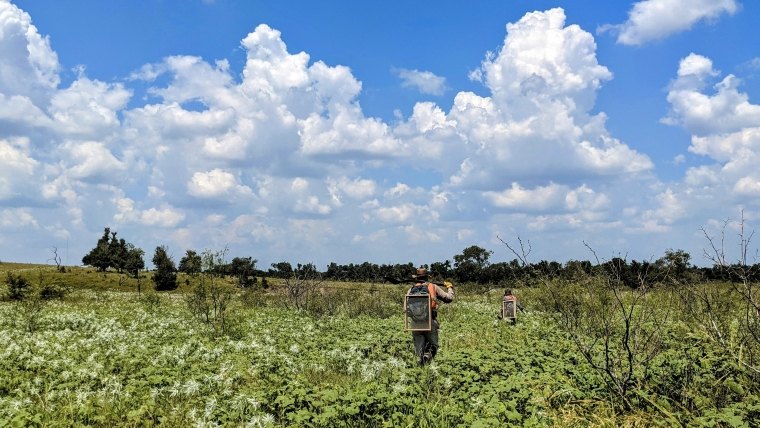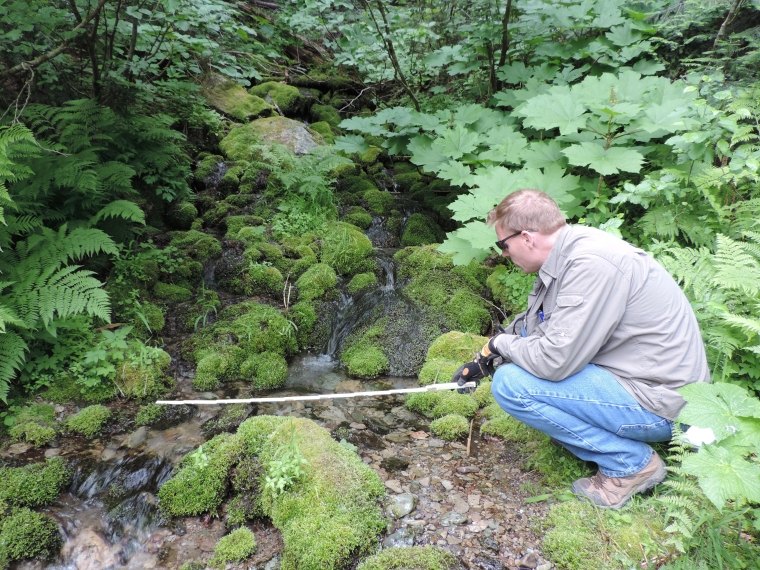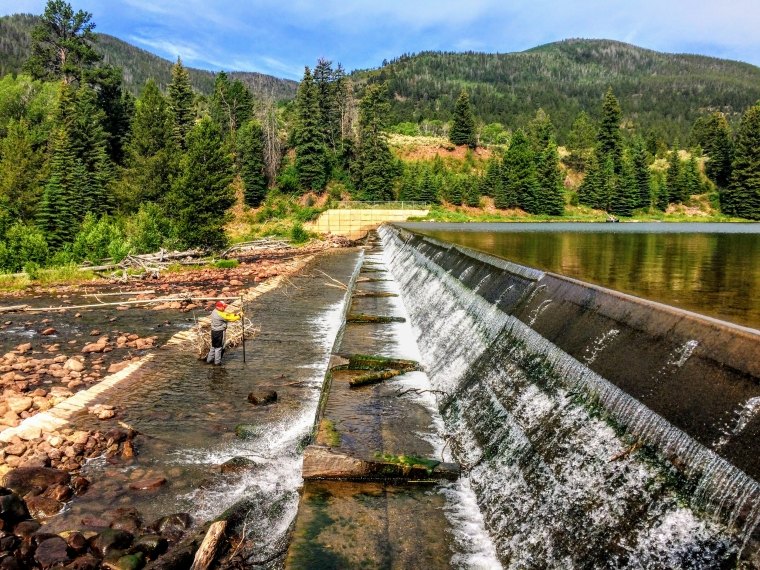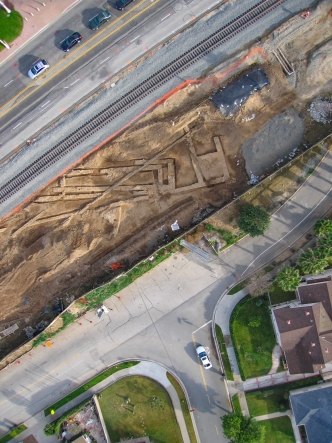The White House Council on Environmental Quality (CEQ) recently issued its “Phase 2” final rule, which finalized revisions to its regulations for implementing the National Environmental Policy Act (NEPA). Set to go into effect on July 1, 2024, the new regulatory provisions have potentially far-reaching consequences for projects requiring NEPA.
Not surprisingly, the final rule provides continuing direction on the NEPA changes enacted under the Fiscal Responsibility Act in June 2023, including page and time limits for environmental assessments (EA) and environmental impact statements (EIS). However, of more interest, is how CEQ’s Phase 2 rulemaking aims to expand the overarching role NEPA plays in protecting the environment.
I’ll examine the following three notable changes in the CEQ regulations resulting from the final rule:
- A major shift in philosophy of NEPA’s purpose recasts NEPA as more than a procedural statute for disclosure, but rather as a planning tool to truly influence positive environmental and social outcomes. Jump to section.
- Minimizing impact on communities with environmental justice concerns, addressing climate change, and building ecosystem resilience are key issues likely to drive alternatives and mitigation. Jump to section.
- Streamlining the NEPA process and documentation to be more efficient continues to be a top priority. Jump to section.
 SWCA employees walking to their next shovel tests (wearing proper safety gear) during a survey in central Texas.
SWCA employees walking to their next shovel tests (wearing proper safety gear) during a survey in central Texas.A major shift in NEPA’s purpose
The change in philosophical approach to NEPA is clearly illustrated by comparing the first sentence of the purpose and policy statement from the existing CEQ regulations with the updated purpose statement from the Phase 2 rulemaking.
§ 1500.1 Purpose and policy. (Current CEQ Rule)
(a) The National Environmental Policy Act (NEPA) is a procedural statute intended to ensure Federal agencies consider the environmental impacts in their actions in the decision-making process.
§ 1500.1 Purpose. (Phase 2 CEQ Final Rule)
(a) The National Environmental Policy Act (NEPA) is the basic national charter for protection of the environment. It establishes policy, sets goals, and provides direction for carrying out the policy.
Under the new Phase 2 rule, Section 102 of NEPA continues to focus on the procedure and actions necessary to carry out the policy established in Section 101 of NEPA but uses new language that emphasizes its role as a planning tool to facilitate beneficial results rather than a process to follow. The revised verbiage supports NEPA’s goal to truly influence positive environmental outcomes, as you can see in the updated closing sentiment of the purpose statement below.
§ 1500.1 Purpose. (Phase 2 CEQ Final Rule)
c) Ultimately, of course, it is not better documents but better decisions that count. NEPA’s purpose is not to generate paperwork—even excellent paperwork—or litigation, but to provide for informed decision making and foster excellent action. The NEPA process is intended to help public officials make decisions that are based on an understanding of environmental consequences, and take actions that protect, restore, and enhance the environment. The regulations in this subchapter provide the direction to achieve this purpose.
Note the word “enhance” — a term that indicates the need to demonstrate positive net gains where projects must improve the conditions of the resources that are being impacted. This and subsequent verbiage in the Phase 2 final rule preclude any possibility of interpreting NEPA as a purely procedural statute. With these changes, there is a clear direction that NEPA is not only for disclosure but is also a planning tool to improve environmental outcomes, minimize project impacts, address climate change, protect and restore resiliency, and minimize or mitigate impacts to communities with environmental justice concerns.
 SWCA employee in the field during a third-party EIS in the Lolo National Forest in Western Montana and the Idaho Panhandle National Forests in northern Idaho.
SWCA employee in the field during a third-party EIS in the Lolo National Forest in Western Montana and the Idaho Panhandle National Forests in northern Idaho. Minimizing impact on communities with environmental justice concerns, addressing climate change, and building ecosystem resilience are key issues likely to drive alternatives and mitigation.
Again, I’ll reference significant updates in the purpose statement from the final Phase 2 rule: changes that mandate the use of all practicable means possible to preserve, restore, or enhance the quality of the human environment, avoid or minimize degradation to the quality of the human environment, preserve natural and cultural resources, and address climate-related impacts. The following excerpt is a new addition to NEPA’s regulations.
§ 1500.1 Purpose. (Phase 2 CEQ Final Rule)
Section 101(b) of NEPA establishes the continuing responsibility of the Federal Government to use all practicable means, consistent with other essential considerations of national policy, to help each generation serve as a trustee of the environment for succeeding generations; assure for all people safe, healthful, productive, and aesthetically and culturally pleasing surroundings; attain the widest range of beneficial uses of the environment without degradation, risk to health or safety, or other undesirable and unintended consequences; preserve important historic, cultural, and natural aspects of our national heritage, and maintain, wherever possible, an environment which supports diversity and variety of individual choice; achieve a balance between population and resource use which will permit high standards of living and a wide sharing of life’s amenities; and enhance the quality of renewable resources and approach the maximum attainable recycling of depletable resources.
The following requirements illustrate the Phase 2 final rule’s interpretation that NEPA’s charter includes protecting the human environment, including cultural, social, physical, and natural. The final rule:
- Requires engagement and consideration of alternatives to address impacts to communities with environmental justice concerns (which has never been stated in the CEQ regulations before).
- Requires identification of an Environmentally Preferred Alternative in an EIS (before it only needed to be identified in the Record of Decision). Further, the Phase 2 final rule defines the Environmentally Preferred Alternative as the alternative that best promotes national environmental policy by maximizing environmental benefits, such as addressing climate impacts, eliminating disproportionate impacts on communities with environmental justice concerns, and protecting, preserving, and enhancing historic, cultural, Tribal, and natural resources.
- Brings back the use of context and intensity in determining significance, including consideration of detailed significance criteria for intensity. These significance criteria are similar to those that were removed from the 2020 CEQ regulations with the exception that they no longer include public controversy and significant cumulative effects as significance criteria. However, impacts to communities with environmental justice concerns have been added. The revised criteria are as follows:
- Degree to which the action may affect public health and safety.
- Degree to which the action may adversely affect unique characteristics of the geographic areas, such as historic or cultural resources, parks, Tribal sacred sites, prime farmlands, wetlands, wild and scenic rivers, or ecologically critical areas.
- Degree to which the action may violate relevant federal, state, Tribal, or local laws or other requirements or be inconsistent with federal, state, Tribal, or local policies designed for the protection of the environment.
- Degree to which the potential effects on the human environment are highly uncertain.
- Degree to which the action may adversely affect resources listed or eligible for listing on the National Register of Historic Places.
- Degree to which the action may adversely affect endangered or threatened species or its habitat (including critical habitat).
- Degree to which the action may adversely affect communities with environmental justice concerns.
- Degree to which the action may adversely affect rights of Tribal Nations reserved through treaties, statutes, or executive orders.
- Provides expanded guidance for what constitutes a “disproportionate and adverse effect” on communities with environmental justice concerns, including impact related to climate change, the legacy of racism, and systemic barriers.
- Mandates that Indigenous Knowledge qualifies as high-quality information to be considered by the agencies for planning and impacts analysis.
- Allows for “innovative approaches to NEPA reviews” to address extreme environmental challenges consistent with Section 101 of NEPA. These include sea-level rise; increased wildfire risk; resiliency of infrastructure in the face of climate change; water scarcity; degraded water or air quality; disproportionate impacts to communities with environmental justice concerns; loss of historic, cultural, or Tribal resources; species loss; or impaired ecosystem health. It also provides more specifics for these innovative approaches to meet analysis and disclosure requirements for informed decision making.
 SWCA employee surveys the Yellowstone Dam, Mountain Home, Utah.
SWCA employee surveys the Yellowstone Dam, Mountain Home, Utah. Streamlining the NEPA process and documentation to be more efficient continues to be a top priority.
As stated previously, CEQ’s NEPA Phase 2 rulemaking incorporated revisions already approved under the Fiscal Responsibility Act in June 2023. These include the following:
- Time limits: 2 years for an EIS and 1 year for an environmental assessment.
- Page limits: 150 pages for an EIS (300 pages if complex) and 75 pages for an EA.
- Detailed analysis to be confined to “important issues” with “unimportant issues” eliminated from further analysis.
- Allows project applicants recourse to the courts to enforce time limits.
- Allows more flexibility in the use of categorical exclusions (CE), including 1) the ability for agencies to use other agencies’ CEs, and 2) allowing agencies to establish CEs through land use plans or other programmatic planning documents. The Phase 2 final rule also provides the requirements for coordination and documentation when using another agency’s CE.
- Provides additional detail on when to write programmatic NEPA documents and how to tier those documents to minimize redundancy and increase analysis efficiency.
- Requires assurance of the implementation of approved mitigation measures and the completion of a mitigation plan for all projects that require mitigation.
 Matt Petersen teaching a NEPA Process course to internal SWCA staff in Phoenix, AZ.
Matt Petersen teaching a NEPA Process course to internal SWCA staff in Phoenix, AZ.What are the anticipated implications of the NEPA Phase 2 revisions?
 Aerial photos of large data recovery efforts during the San Gabriel Trench Grade Separation Project in the City of San Gabriel, California.
Aerial photos of large data recovery efforts during the San Gabriel Trench Grade Separation Project in the City of San Gabriel, California.Although not set to be in effect until July 1, 2024, this rulemaking has already come under fire. It will be challenged in court or possibly rolled back by a changed administration. However, in the meantime, implementation of the new rule will likely result in the following needs for the NEPA process in the near future:
- Understand the process to identify and defensibly use appropriate CEs across all agencies.
- Conduct rigorous investigations of alternatives and effective mitigation to support Findings of No Significant Impacts (FONSIs) for EAs.
- Understand how to apply mitigation to meet the new requirements related to addressing the impact context and the new criteria for impact intensity so that the agency can write a defensible FONSI.
- Write plans that clearly outline implementable mitigation and defensibly document its effectiveness, either through peer-reviewed literature or past experience. In cases where mitigation effectiveness is not entirely known, mitigation planning will need to develop adaptive mitigation that includes monitoring of clear indicators, thresholds, and resulting changes in mitigation approach if those thresholds are exceeded.
- Develop alternatives to specifically address climate, environmental resiliency, Tribal treaty rights, and communities with environmental justice concerns.
- Consider a practicable alternative that minimizes resource impacts.
- Implement issue-based impacts analysis that analyzes only those important issues that require detailed analysis to determine impact significance and eliminate non-important issues from detailed analysis with appropriate rationale.
- Develop innovative approaches to NEPA to allow accelerated approvals of projects that address sea-level rise; increased wildfire risk; resiliency of infrastructure in the face of climate change; water scarcity; degraded water or air quality; disproportionate impacts to communities with environmental justice concerns; loss of historic, cultural, or Tribal resources; species loss; or impaired ecosystem health. These approaches would need to be more efficient but functionally equivalent to NEPA.
These NEPA Phase 2 regulation changes are complex and having a partner who can help you navigate your project through them is key. SWCA has been on the front line of implementing NEPA for the last 12 years through multiple changes to CEQ regulations and NEPA itself. We have experience completing defensible NEPA processes quickly and within the time frame mandated by these regulations.

Meet the Expert
Matt Petersen, Senior Planning Technical Director
With 30 years of consulting experience specializing in the National Environmental Policy Act (NEPA), Matt Petersen helps clients manage, oversee, and navigate NEPA compliance. View bio.
